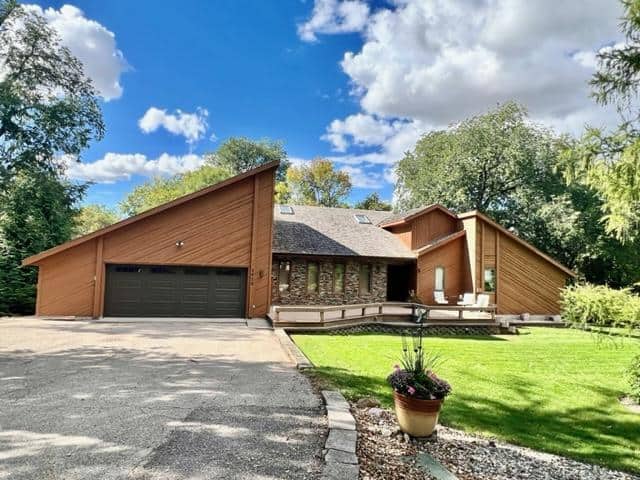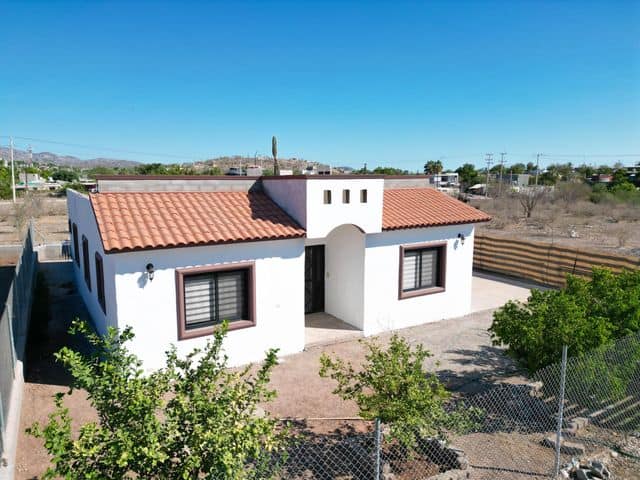How to Scale Your Real Estate Portfolio

Real estate investing has long been one of the most reliable paths to financial freedom. However, acquiring properties one at a time with traditional financing can be slow and capital-intensive. Enter the BRRRR method—an innovative strategy that allows investors to build and scale their portfolios efficiently by recycling their capital. This approach has gained popularity among savvy real estate investors looking to maximize their returns with minimal initial investment.
In this comprehensive guide, we’ll break down the BRRRR method step by step and explain how you can leverage it to expand your real estate holdings.
What is the BRRRR Method?
The BRRRR method stands for:
- Buy
- Rehab
- Rent
- Refinance
- Repeat
This strategy involves purchasing undervalued or distressed properties, renovating them to increase their market value, renting them out to create cash flow, refinancing to pull out your initial investment, and then repeating the process with another property. The key advantage of BRRRR is that it allows you to grow your portfolio without needing to save for a new down payment each time.
Step 1: Buy
The first step in the BRRRR method is identifying and purchasing a property below market value. Investors often target foreclosures, distressed properties, or homes in need of repairs. The goal is to buy at a significant discount to allow room for value appreciation after renovations.
Tips for Finding a Good Deal:
- Look for off-market properties by networking with wholesalers and real estate agents.
- Search auction listings and bank-owned properties.
- Use the 70% Rule, which suggests purchasing a property for no more than 70% of its after-repair value (ARV) minus repair costs.
- Analyze neighborhood trends and rental demand to ensure strong long-term returns.
Securing the right financing is crucial. Investors often use hard money loans, private money, or cash to purchase the property quickly.
Step 2: Rehab
Once you’ve secured a property, the next step is renovating it to improve its value and appeal to potential tenants. The extent of renovations depends on the property’s condition, but the goal is to increase its rental and market value without overspending.
Key Areas to Focus On:
- Structural repairs: Address major issues like roofing, plumbing, and electrical work.
- Kitchens and bathrooms: These upgrades typically yield the highest return on investment.
- Curb appeal: A well-maintained exterior attracts quality tenants.
- Energy efficiency: Upgrading insulation, windows, and appliances can justify higher rent.
Managing a rehab efficiently requires budgeting wisely and working with reliable contractors. Having a clear renovation plan prevents costly overruns and delays.
Step 3: Rent
After renovations are complete, it’s time to find tenants. Renting out the property generates consistent cash flow, making it a sustainable long-term investment.
Best Practices for Finding Quality Tenants:
- Screen tenants thoroughly, checking their credit history, income, and rental background.
- Set competitive rent prices based on comparable properties in the area.
- Consider hiring a property management company to handle day-to-day operations.
- Ensure the lease agreement protects your investment and outlines clear terms for rent payments, maintenance, and eviction policies.
Strong tenant selection is vital in reducing vacancies, property damage, and rent collection issues.
Step 4: Refinance
Once the property is rented and generating income, the next step is refinancing. The goal is to replace the short-term financing used for the purchase and renovation with a long-term mortgage. The key to this step is the property’s new appraised value, which should be significantly higher than your total investment (purchase price + renovation costs).
The Refinance Process:
- Wait for seasoning: Many lenders require a “seasoning period” of 6-12 months before refinancing.
- Get an appraisal: A professional appraisal determines the new market value of your property.
- Apply for a cash-out refinance: The lender provides a loan based on the new value, allowing you to recoup your initial investment.
- Use the proceeds to pay off your original financing.
Most investors aim for a loan-to-value (LTV) ratio of 70-75%, which allows them to recover their down payment and rehab costs while keeping enough equity in the property.
Step 5: Repeat
The beauty of the BRRRR method is its scalability. By refinancing and pulling out your initial investment, you can recycle your capital into the next deal. This allows you to acquire multiple properties without needing to save up large sums for new down payments.

Keys to Successfully Repeating the BRRRR Method:
- Refine your process: With each deal, learn from past experiences to improve efficiency.
- Maintain strong relationships with lenders: Access to financing is critical for continued growth.
- Build a reliable team: Contractors, property managers, and real estate professionals can help streamline operations.
- Stay financially disciplined: Ensure each property generates positive cash flow to sustain your business.
By following these principles, you can expand your portfolio quickly while maintaining a sustainable investment strategy.
Potential Risks and How to Mitigate Them
While the BRRRR method is a powerful strategy, it does come with some risks. Here are a few common challenges and ways to mitigate them:
- Overpaying for a property: Conduct thorough due diligence and stick to conservative ARV estimates.
- Underestimating rehab costs: Always get multiple contractor quotes and include a buffer in your renovation budget.
- Struggling to find tenants: Research the rental market beforehand and price competitively.
- Appraisal coming in low: Work with appraisers familiar with the neighborhood and present them with a list of upgrades.
- Refinancing challenges: Build strong relationships with lenders and ensure your financials are in order.
It’s also important to be aware of regulatory changes that might impact financing options. For instance, the Dodd Frank Act introduced stricter lending regulations that could affect the availability of certain types of loans for investors. Staying informed about such policies helps mitigate potential financing challenges.
Final Thoughts
The BRRRR method is one of the most effective strategies for scaling a real estate portfolio while maximizing capital efficiency. By following the Buy, Rehab, Rent, Refinance, Repeat process, investors can grow their holdings exponentially without needing continuous injections of fresh capital.
However, success with BRRRR requires careful planning, diligent property selection, and strong financial management. Investors who master this method can build long-term wealth and passive income streams, making real estate an excellent vehicle for financial independence.
If you’re ready to start using the BRRRR strategy, begin by educating yourself, networking with experienced investors, and identifying the right properties to begin your journey. With persistence and the right approach, you can turn one property into a thriving real estate empire!




